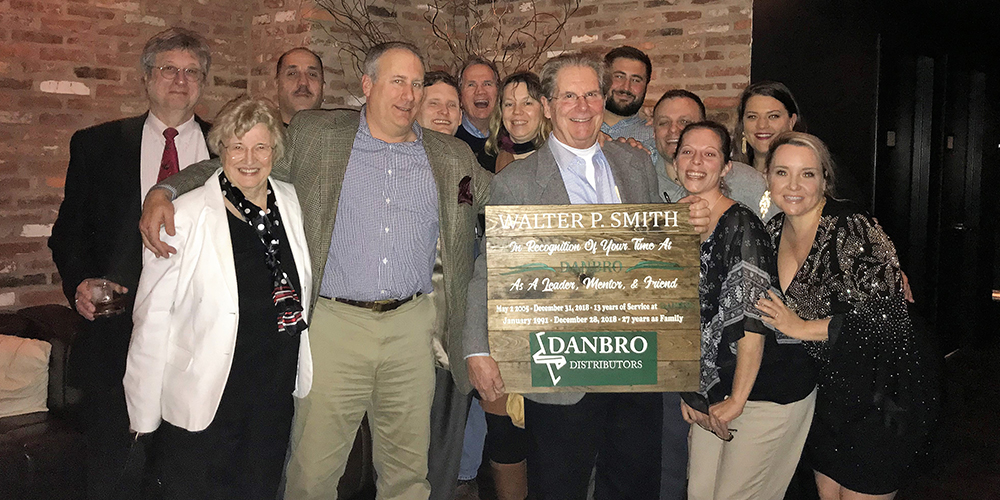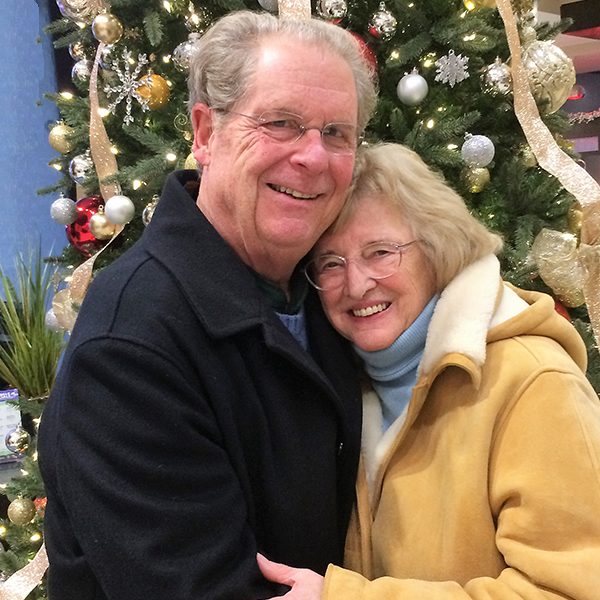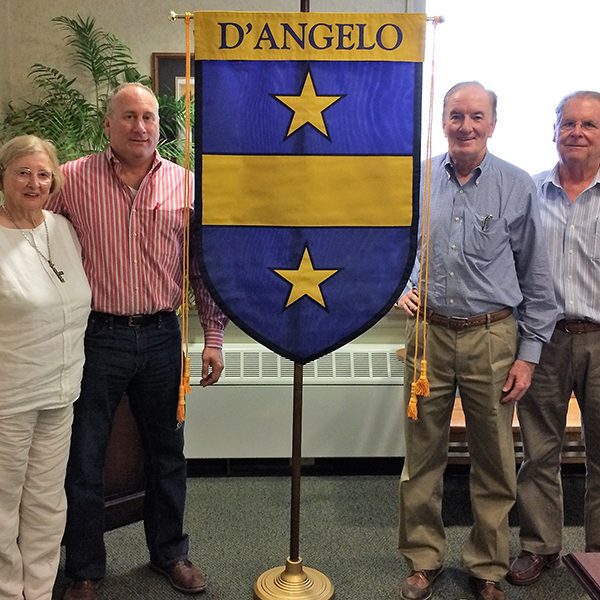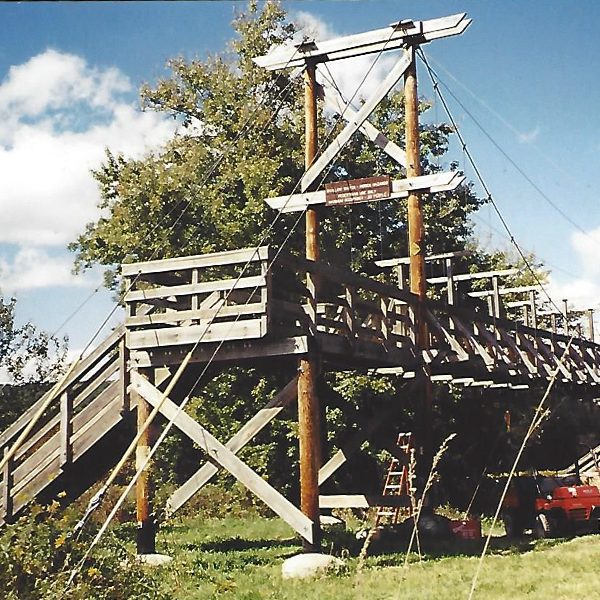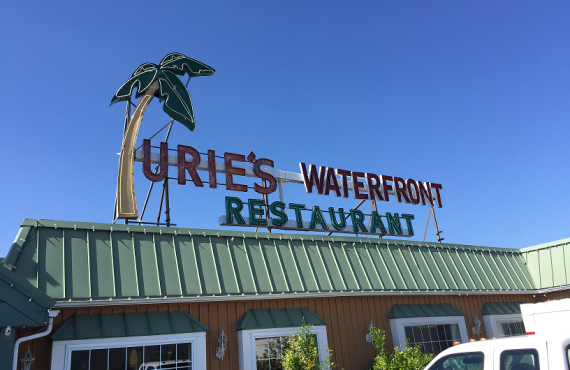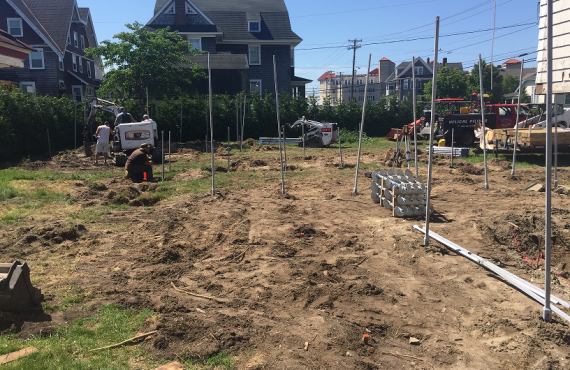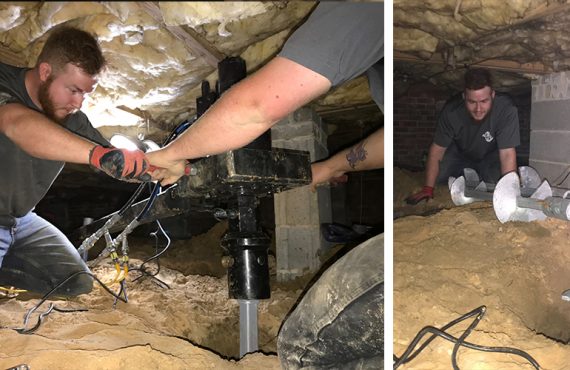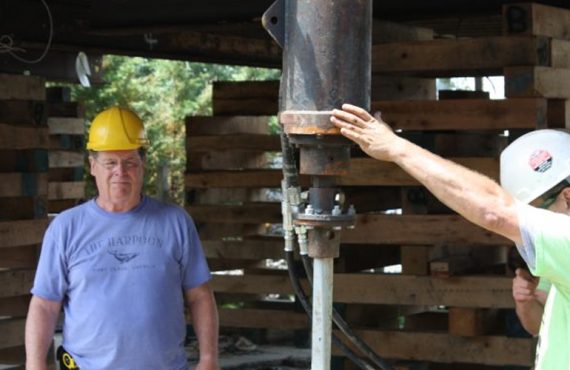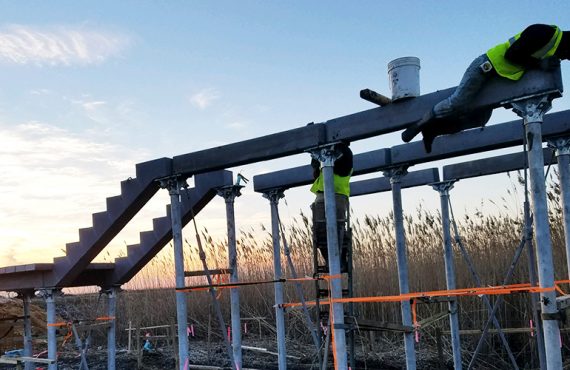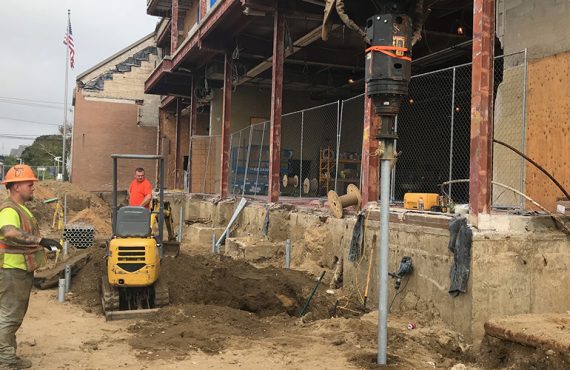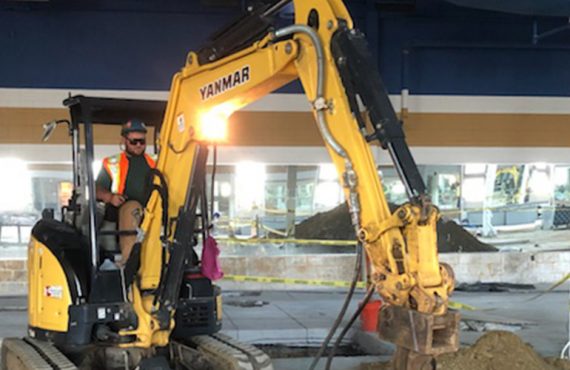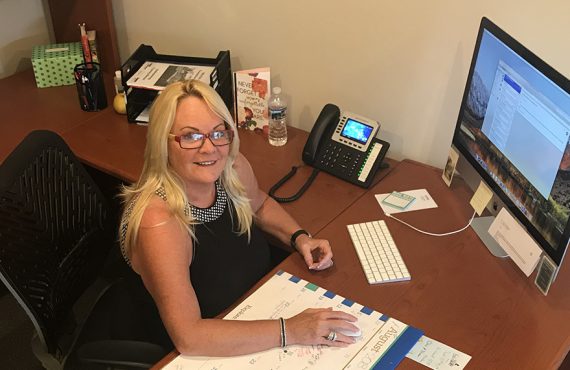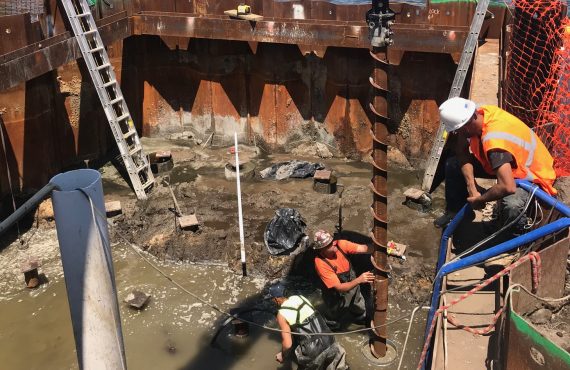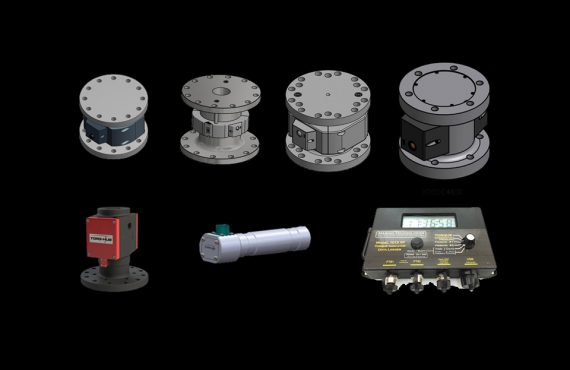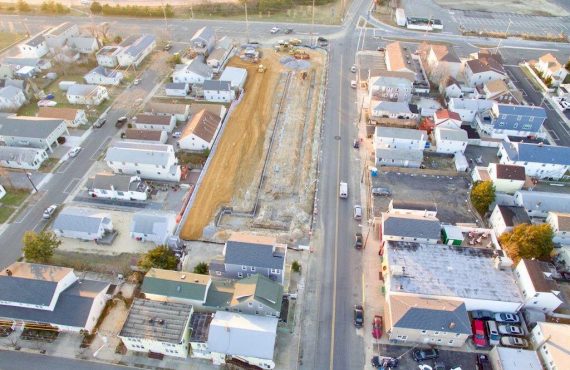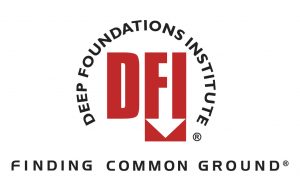If there were a Helical Hall of Fame, I believe Walter P. Smith would be in it. I will elaborate on the many reasons, but like so many pivotal players in the history of a given subject, Smith’s outsized influence on the development of the helical industry is the confluence of talent, timing, and teamwork.
Walter was working for Atlantic Equipment Company in the late 1980s and, in that endeavor, had already made a significant life and career-altering experience when he married his wife Jeannette in 1989. Behind many helical heros are a helical better half and this was very much the case with Walter and Jeannette. She brought her skill set as a mechanical engineer to the table and played a pivotal role in their pioneering helical journey.
In 1989, Walter saw an advertisement in a trade publication and responded. Turns out the gentleman heading up the company was an old acquaintance of his, Bill Edwards, and in short order, Smith joined the newly-formed Civil Construction Division of the A. B. Chance Co.
At the time, they had one new distributor in the MidAtlantic-northeast territory. Few installers, and most people couldn’t pronounce helical, let alone define it. For the next twelve years, Smith helped contractors and engineers learn the applications that helicals serve in the deep foundation industry and assisted them to better understand when and where to use them.
Helical piles date back to 1836 but ultimately fell out of favor with the mechanization of the industrial revolution advancing the use of alternative pilings. Albert Bishop Chance, who ran the local telephone company in Centralia, Missouri, patented the no-wrench anchor, based on Inventor Alexander Mitchell’s original helical concept.
He used them in tension to stabilize telephone poles and as the telephone industry grew in popularity, so did Chance helical anchors. In the 1980s, Chance formed the Civil Construction division and turned its attention to compression applications after successfully completing a tower support in the Great Dismal Swamp.
Enter Smith as the newly formed division turned its attention to the use of helical piles in compression. He entered as the company struggled to produce the first-generation underpinning bracket. “It took some fine tuning,” Smith said. “But, trial and error ultimately led to success.”
While the piles themselves worked well in most soil situations, the terminations needed to be developed to open up new applications and grow the business. “The Engineering Department deserves a lot of credit,” Smith said. “Don Bobbitt, Lee Goen and Gary Seider would come up with the designs and I would provide feedback from the field as to what worked and what needed refinement.”
In addition to the UP bracket, Smith contributed to the development of angle terminations for battered walkway piles and anchors, the beam seat bracket, and the mooring termination. Each new termination helped to expand or develop another application for helical piles.
In addition to the right hardware, it became apparent to Smith that to grow the use of helical piles, they needed to gain the acceptance of the engineering community. His second greatest contribution in growing this business was a concentrated effort to educate and convince specifiers and geotechnical engineers that helical piles were a valuable tool.
“My first attempts did not go well. I would just get up in the front of the room and talk. I recognized I needed visuals, so I developed transparencies illustrating my points and demonstrating the various applications through actual jobs we had done,” Smith said.
“You tell them, and they won’t remember, but, if you tell them and show them, they get it. I started to see the nodding heads and could tell from the questions that they were absorbing the material. As specifiers and geotechnical engineers became more knowledgeable, their confidence in helical technology grew and so did we.”
The uses expanded to include tiebacks, underpinning existing structures, new construction piles, walkway piles, and boat anchors.
The certification process was another important step in raising the comfort level of general contractors and eEngineers. Jeannette would often accompany Walter in the field and was a fixture at the installer training sessions. She would assist her husband in the training sessions and, on a few occasions, test-takers with learning disabilities.
She took the test herself many times and provided feedback to help refine the training manual. In addition to her engineering background, Jeannette was an excellent judge of character and helped me to decide who we should trust with a new distributorship.
“On one occasion, I spent half the day in the field and home office of a would-be distributor, Knight Construction in West Virginia. Later that evening, we were having social time at the end of the day. I was called away and when I returned, Mr. Knight complimented me by stating ‘I learned more from your wife in twenty minutes, than I did from you all day,’” Smith said.
In 2000, Smith left Chance and spent the next three years with GeoStructures before returning to the helical world with Danbro Distributors. Danbro was another of Walter’s original new distributor recruits, in addition to hundreds of new dealers, who, through their growth, helped to put helical piers on the map.
Danbro had grown from eastern Pennsylvania and southern New Jersey to handle the entire Northeast and the MidAtlantic States. Danbro needed a seasoned hand to help manage the growth. Frank D’Angelo’s original mentor now became his right-hand man.
“Walter had taught me everything I knew about helicals and was a natural choice. He was an invaluable asset as he had hands-on experience in virtually every aspect of the helical business,” D’Angelo said. “ I could send him anywhere to handle any facet of the work and he knew exactly what to do with little input and no supervision. Customers loved him, plus he could train new hires, freeing me up.”
Fittingly, Smith trained the two men it took to replace him: his nephew, David, in lead generation and Danbro’s field support specialist, Nick Gill. He also was an invaluable asset to Pat Haffert in marketing due to his vast experience and creative instincts.
However, all good things come to an end and the Smiths have decided to retire at the end of last year. They were feted at a dinner in their honor by family, friends, and coworkers Dec. 28, 2018 in Philadelphia.
In an emotional farewell, D’Angelo thanked his friend and mentor, stating that everything he knows about the helical business, he learned from him and that there would be no Danbro Distributors without Walter Smith – a speech many other distributors he recruited could have made.
Smith came to the helical business at a critical development period with the only nationwide manufacturer at the time. With his timing, hard work, insights, talents, and collaborative spirit, he helped to invent, grow, and develop the helical world into the mature business it is today.
That is why I believe that if there ever is a virtual Helical Hall of Fame Walter P. Smith deserves a well-earned place of honor.


